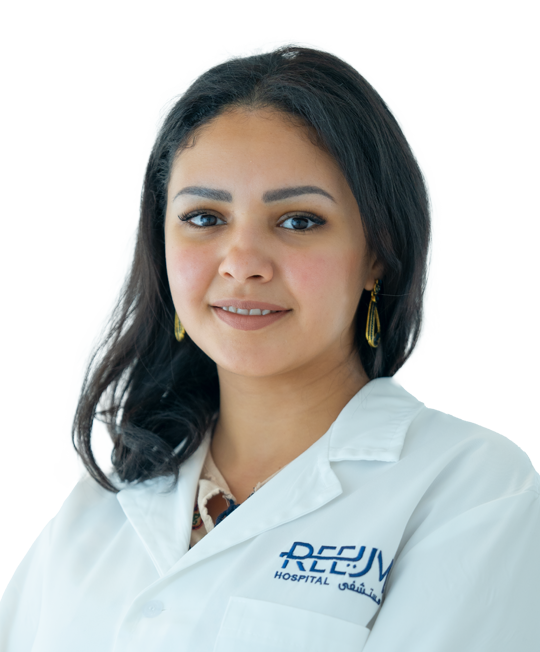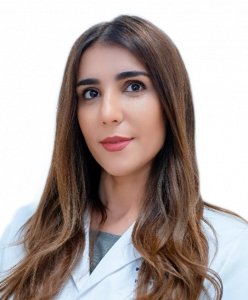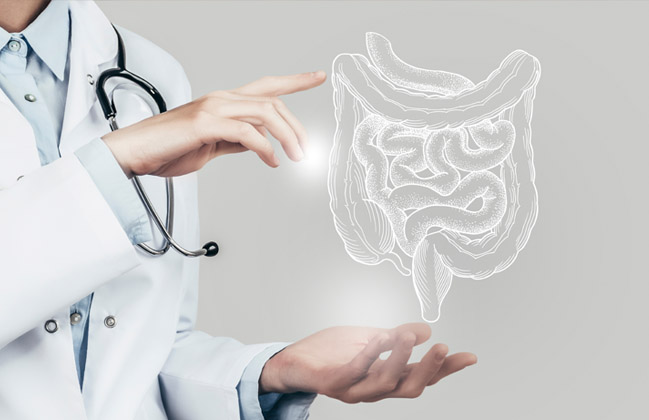What is ADHD?
ADHD is a common neurodevelopmental disorder affecting 8.5% of children and 2.5% of adults, characterized by either inattention, hyperactivity, impulsivity, or a combination of all three. It significantly impacts various areas of life, including academics, relationships, and self-esteem.
ADHD in Children
ADHD is a neurodevelopmental disorder of childhood, with the brain undergoing significant development in the first few years of life.
The first 9 months after birth, known as “exterogestation,” are crucial for brain development, where consistent care, touch, and breastfeeding play vital roles.
Positive interactions with the mother, such as recognizing her scent and focusing on her face, stimulate the formation of neural networks in the child’s brain, controlled by the orbitofrontal cortex (OFC).
Disruptions in this early bond and brain development can contribute to ADHD.
The OFC in children with ADHD shows abnormal electrical brain activity, with decreased activity when focusing on tasks, leading to inattention and poor reaction control.
The OFC is responsible for filtering emotions, thoughts, and impulses, and disturbances in this process may cause emotional overload, impairing attention and memory.
It also plays a role in short-term memory and emotional processing, which can result in symptoms like memory loss and emotional dysregulation in ADHD.
Types of ADHD in Children
There are three main types of ADHD:
- Inattentive type: It is characterized by difficulty staying focused, organizing tasks, and following instructions, often leading to mistakes and forgetfulness. Individuals with this type may struggle with activities requiring sustained mental effort and frequently loose
- Hyperactive/impulsive type: it involves excessive movement, difficulty staying seated, impulsive behavior, and challenges with waiting one’s turn or interrupting others. This type is marked by restlessness, excessive talking, and difficulty controlling actions in social or structured settings.
- Combined type: it includes symptoms of both inattentiveness and hyperactivity/impulsivity. Individuals with this type experience difficulties in multiple areas, as they meet the criteria for both types of ADHD.
 Patient Login
Patient Login



















